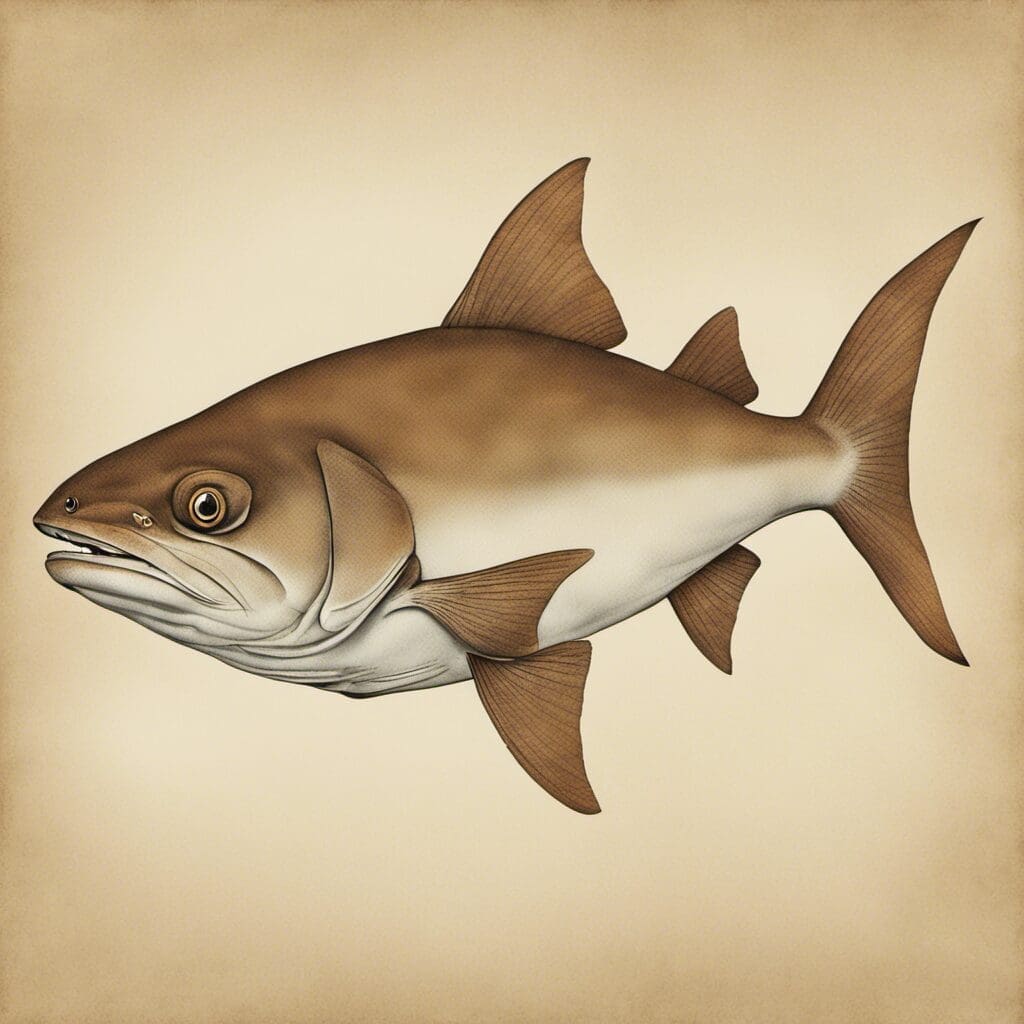Introduction
The Brown Smooth-Hound (Mustelus henlei) is a species belonging to the family Triakidae. This is a group of predominantly small to medium-sized sharks that have a worldwide distribution in temperate and tropical areas.
Conservation Status
The International Union for Conservation of Nature (IUCN) has currently listed the Brown Smooth-Hound as Near Threatened. Efforts to protect this species include monitoring populations and enforcing stricter fishing regulations.
Statistics
| Statistic | Average | Range |
|---|---|---|
| Length | 60cm | 30-91.5cm |
| Weight | Not Specified | Not Specified |
| Average Lifespan | 12-16 years | Not Specified |
Distribution
The Brown Smooth-Hound is found in the Eastern Pacific, from the Gulf of California to Peru. There is no known significant migration pattern for this species.
Habitats
Brown Smooth-Hounds typically dwell in coastal environments, and are notably resilient to conditions in bay and estuary waters. This species lives in a depth range of 1 to 200 meters and prefers water temperatures between 55 and 75 degrees Fahrenheit.
When and Where to See
The season to spot these species fluctuates based on local temperature cycles. In general, they are seen in the early morning or late evening during warmer months.
Best Fishing Locations
The top locations for fishing Brown Smooth-Hounds include:
- Gulf of California, Mexico
- San Francisco Bay, USA
- Monterey Bay, USA
- Los Angeles, USA
- Lima, Peru
These species can often be located near sandy or mud-bottomed areas nearby to the coast.
How to Catch
Basic tackle using clams, shrimp or squid as bait can work well. Fly fishing and bottom fishing techniques are most often employed. The best time to fish for them is during dusk and dawn in the warmer months.
Identification Guide
Brown Smooth-Hounds are generally gray or brown in color, with a streamlined, elongated body and a pointed snout. Unlike other sharks, they do not have teeth but rough grinding plates.
Culinary
The meat is often used in soups and stews due to its firm, mild flavor. Nutritional information and recipes can vary widely and are best found from a reliable cookbook or chef.
Additional Information
These species are opportunistic, feeding on a diet dominantly of crustaceans and fish. Natural predators include larger sharks and marine mammals. Threats from humans include overfishing and habitat loss.
References and Further Reading
- Froese, R. and Pauly, D. (2020). FishBase.
- California Department of Fish and Wildlife. (2019). Fishing Map

